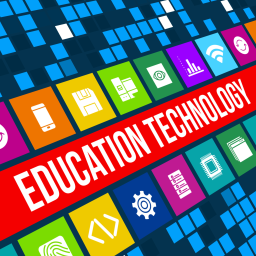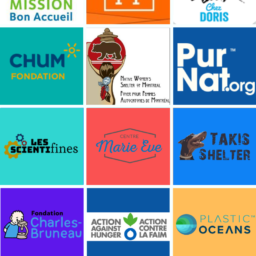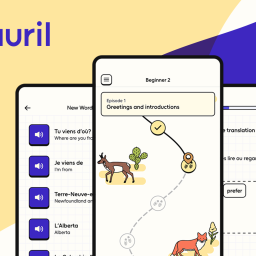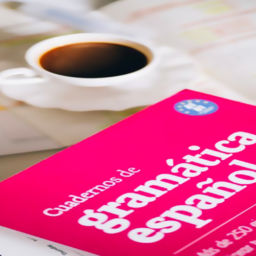Language Courses Recent Blogs
January 11, 2022
According to Lisa Genova, a Harvard-trained neuroscientist, memories are either momentarily unavailable or permanently erased, which explains why some memories are designed to endure a few seconds while others can last a lifetime (your wedding day). You’ll recognize the difference between normal forgetting (forgetting where you parked your car) and forgetting caused by Alzheimer’s disease (that you own a car). You’ll also learn how meaning, emotion, sleep, stress, and context all affect memory. You may both enhance your capacity to recall and feel less unsettled when you forget once you understand the language of memory and how it works, its incredible strengths and limitations, natural vulnerabilities, and potential superpowers. You may develop a better connection with your memory by setting educated expectations for it.
This blog article will give you the tools needed to make language learning memorable and stick! Here are the main tips to be used in your language class this upcoming session with your ELAM trainer:
The brain strives to bind neurons together while we learn. It helps the brain build those linkages if your learning content can connect to something people already know. Having people guess the answer is one approach to assist in creating links. Even if they assumed incorrectly, this has improved their capacity to recall the correct answer.
Create links between two things by using anchors. This can help to elicit memories or motivate people to take action. Consider how certain tunes remind you of a specific TV or radio commercial—advertisers have implanted an anchor in our minds. You can use visual prompts, phrases, audio, and other methods to do this.
To strengthen and speed up synaptic connections, they must be used repeatedly—think of it as creating brain muscle. As a result, incorporate the practice into your learning experiences to keep those connections firing.
Great tales are remembered and passed down from generation to generation. There’s a reason for this: they fulfill every requirement of Stella’s acronym “LEARNS.” LEARNS Acronym For Brain-Friendly Learning. Take a look at this fantastic example of immersive storytelling in eLearning and these three tips:
![icon]() Active Participation
Active Participation
You can’t expect to learn something by simply reading a book or watching a video. Consider how you may participate actively in your language class by speaking and asking for feedback.
![icon]() Make use of what others already know
Make use of what others already know
The brain strives to bind neurons together while we learn. It helps the brain build those linkages if your learning content can connect to something people already know. Having people guess the answer is one approach to assist in creating links. Even if they assumed incorrectly, this has improved their capacity to recall the correct answer.
![icon]() Create Links
Create Links
Create links between two things by using anchors. This can help to elicit memories or motivate people to take action. Consider how certain tunes remind you of a specific TV or radio commercial—advertisers have implanted an anchor in our minds. You can use visual prompts, phrases, audio, and other methods to do this.
![icon]() Repeat, repeat, repeat
Repeat, repeat, repeat
To strengthen and speed up synaptic connections, they must be used repeatedly—think of it as creating brain muscle. As a result, incorporate the practice into your learning experiences to keep those connections firing.
![icon]() Anecdotes
Anecdotes
Great tales are remembered and passed down from generation to generation. There’s a reason for this: they fulfill every requirement of Stella’s acronym “LEARNS.” LEARNS Acronym For Brain-Friendly Learning. Take a look at this fantastic example of immersive storytelling in eLearning and these three tips:
i. Take a look at the human aspect of things. The first step is to discover the human side of your content. Go into your subject to identify the individuals at the center of it all and connect with their feelings.
ii. Demonstrate rather than tell. Allow the emotion to take center stage in your story after you’ve discovered it, and allow others to figure out what’s going on.
iii. Include others in the story. One of the most powerful markers of engagement is participation, which you can encourage by allowing people to participate in your story.
Our brains are complex and marvelous organs that control thought, memory, and many other important aspects of our lives. Using it to its full potential to learn a language successfully is within everyone’s reach and can make your language learning story a memorable one – no pun intend.

 Active Participation
Active Participation Make use of what others already know
Make use of what others already know Create Links
Create Links Repeat, repeat, repeat
Repeat, repeat, repeat Anecdotes
Anecdotes













